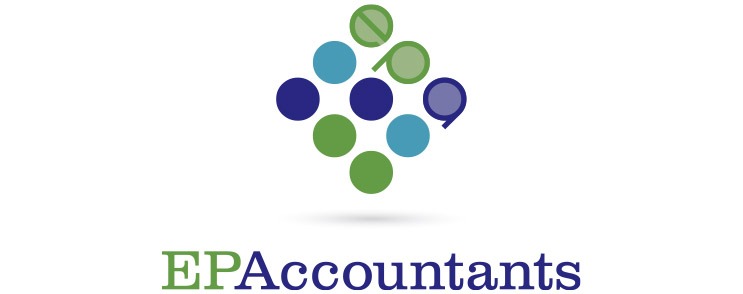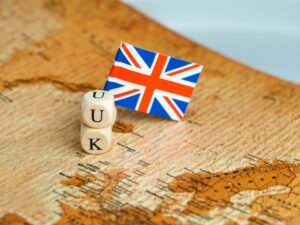There are special procedures for moving goods in and out of Northern Ireland. Under the Northern Ireland Protocol, all Northern Ireland businesses continue to have access to the whole UK market.
HMRC lists the following six-steps that should be considered before you move goods between Northern Ireland and non-EU countries (including Great Britain):
- If you plan to move goods between Northern Ireland and non-EU countries (including Great Britain), you will need an EORI number that starts with XI.
- If you plan to move goods between Northern Ireland and Great Britain or bring goods into Northern Ireland from outside the UK, you can sign up for the free Trader Support Service.
- If you are not using the Trader Support Service, you can get someone to deal with customs for you, or find a training provider to help you.
- If you bring goods into Northern Ireland, you can find out how to make sure the right tariff is applied to the goods you bring from Great Britain (including whether you can claim preferential rates of duty on goods covered in the UK’s deal with the EU) or from countries outside of the EU and the UK.
- If you import goods regularly, you can apply for a duty deferment account to delay paying most customs charges.
- To understand any duty or other measures that apply to your goods, you need to find the right commodity code to make your declaration when you bring goods in or send goods out of Northern Ireland.
HMRC also lists the following four-steps that should be considered before you move goods between Northern Ireland and the EU:
- If you plan to move goods between Northern Ireland and the EU, you will need to tell HMRC so that you are identified as trading under the Northern Ireland Protocol.
- You will need to add an ‘XI’ prefix before your UK VAT number on all documentation when communicating with EU customers or suppliers. This is so VAT can be accounted for correctly on transactions between Northern Ireland and the EU using rules on intra-EU movements.
- If you make sales of goods from Northern Ireland to consumers in the EU check how to pay VAT using the One Stop Shop (OSS) Union scheme.
- If you import eligible low value goods into Northern Ireland and have registered for the VAT Import One Stop Shop (IOSS) in the EU, find out how to tell HMRC your IOSS registration number.
Source: HM Revenue & Customs Tue, 14 Feb 2023 00:00:00 +0100



